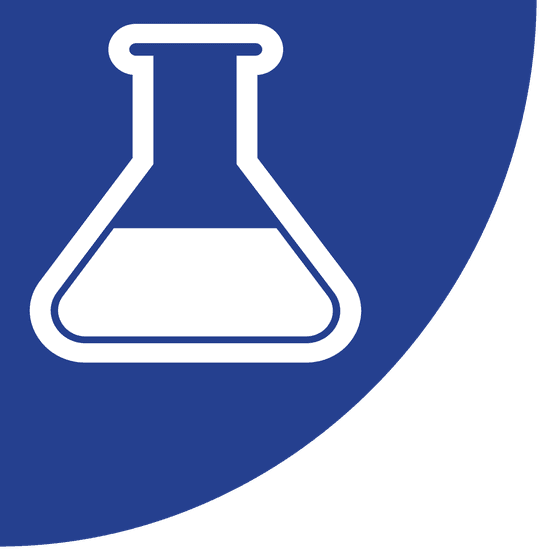Draft Toxicological Profiles Published for Methyl Bromide, Other Chemicals
New draft toxicological profiles for bromomethane, or methyl bromide; bromodichloromethane; 2-hexanone; and tribufos are now available for review and public comment from the Agency for Toxic Substances and Disease Registry. Comments may be submitted until Oct. 31 via
Regulations.gov
.
Bromomethane, or methyl bromide, is a manufactured chemical that is used to kill pests, including rats, insects, and fungi. According to ATSDR, it is also used to make other chemicals or as a solvent to get oil out of nuts, seeds, and wool. People can be exposed to bromomethane by breathing contaminated air near waste sites or by breathing workplace air where bromomethane is made or used. ATSDR states that breathing large amounts of bromomethane can cause muscle tremors, seizures, kidney damage, nerve damage, and death. View the draft profile on ATSDR's website
.
Bromodichloromethane, a colorless, nonflammable liquid, forms as a byproduct when chlorine is added to water-supply systems. People are most likely to be exposed to bromodichloromethane by drinking chlorinated water, but individuals who work at or live near a laboratory or factory that makes or uses bromodichloromethane could be exposed by breathing it in the air. No available studies focus on the health effects in people exposed to the chemical, but animal studies indicate that the liver, kidney, and central nervous system are affected by exposure to bromodichloromethane. View the draft profile on ATSDR's website
.
The next chemical, 2-hexanone, was previously used in paint and paint thinner, to make other chemical substances, and to dissolve oils and waxes. According to ATSDR, it is no longer made or used in the U.S. due to its harmful health effects. However, workers in coal gasification, oil shale processing, or wood pulping operations may still be exposed because 2-hexanone is formed as a waste product from industrial activities such as making wood pulp and producing gas from coal. An ATSDR fact sheet on 2-hexanone states that breathing 2-hexanone can harm the nervous system. Workers who were exposed to 2-hexanone in the air for almost a year felt weakness, numbness, and tingling in the skin of the hands and feet. View the draft profile on ATSDR's website
.
People are unlikely to come into contact with the pesticide tribufos, which is used to remove leaves from cotton plants, unless they live near an area where it is used. According to ATSDR, most people are not likely to be exposed to levels of tribufos high enough to cause signs and symptoms of acute toxicity, which can include excessive sweating, diarrhea, drowsiness, unconsciousness, and difficulty breathing. View the draft profile on ATSDR's website
.
ATSDR toxicological profiles characterize the toxicologic and adverse health effects information for hazardous substances. Each peer-reviewed profile identifies and reviews the key literature that describes a substance's toxicological properties. Information on the potential for human exposure; regulations, advisories, and guidelines; and health effects can also be found in ATSDR’s toxicological profiles.
NEWSWATCH

TOXICOLOGY

